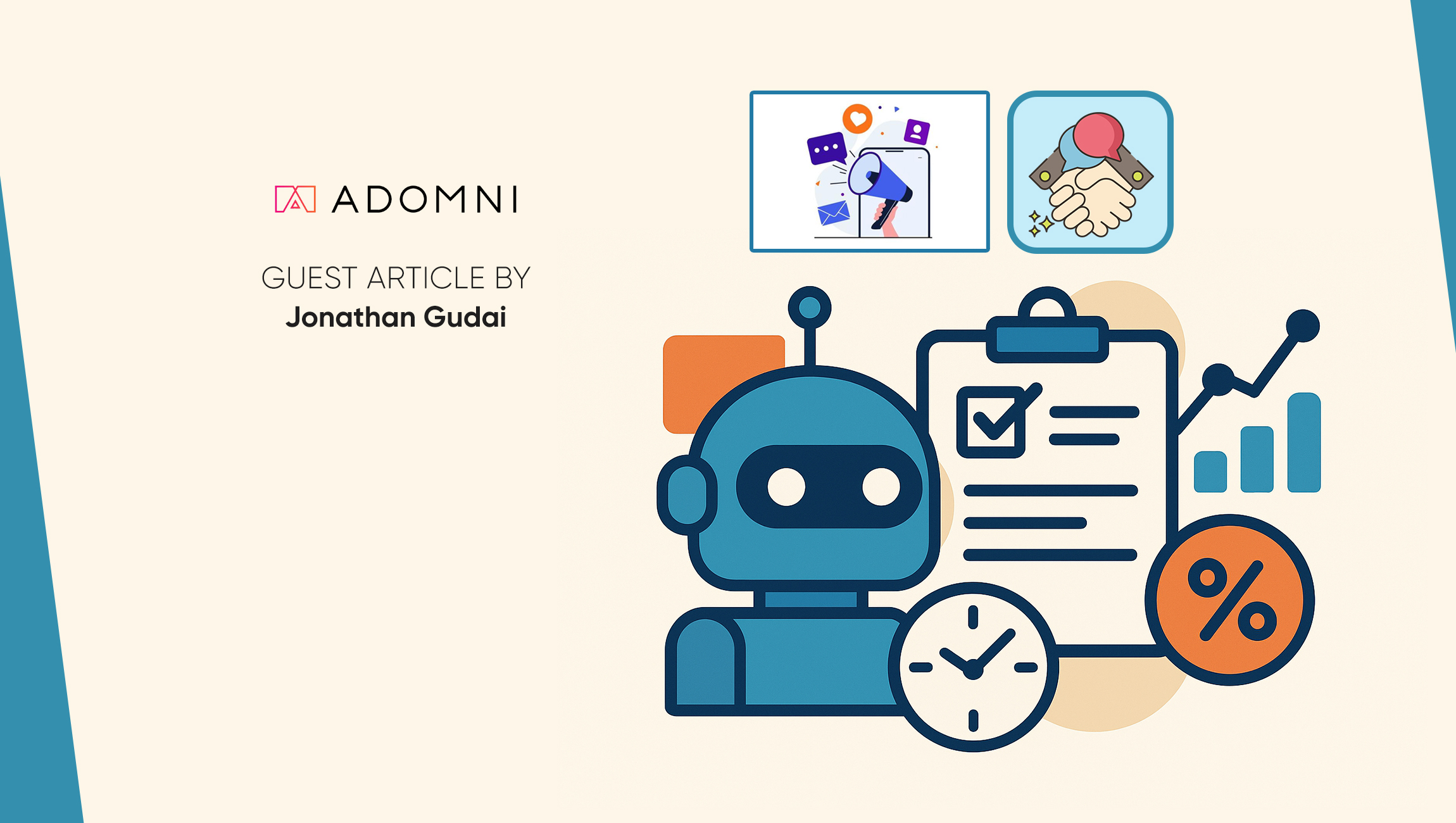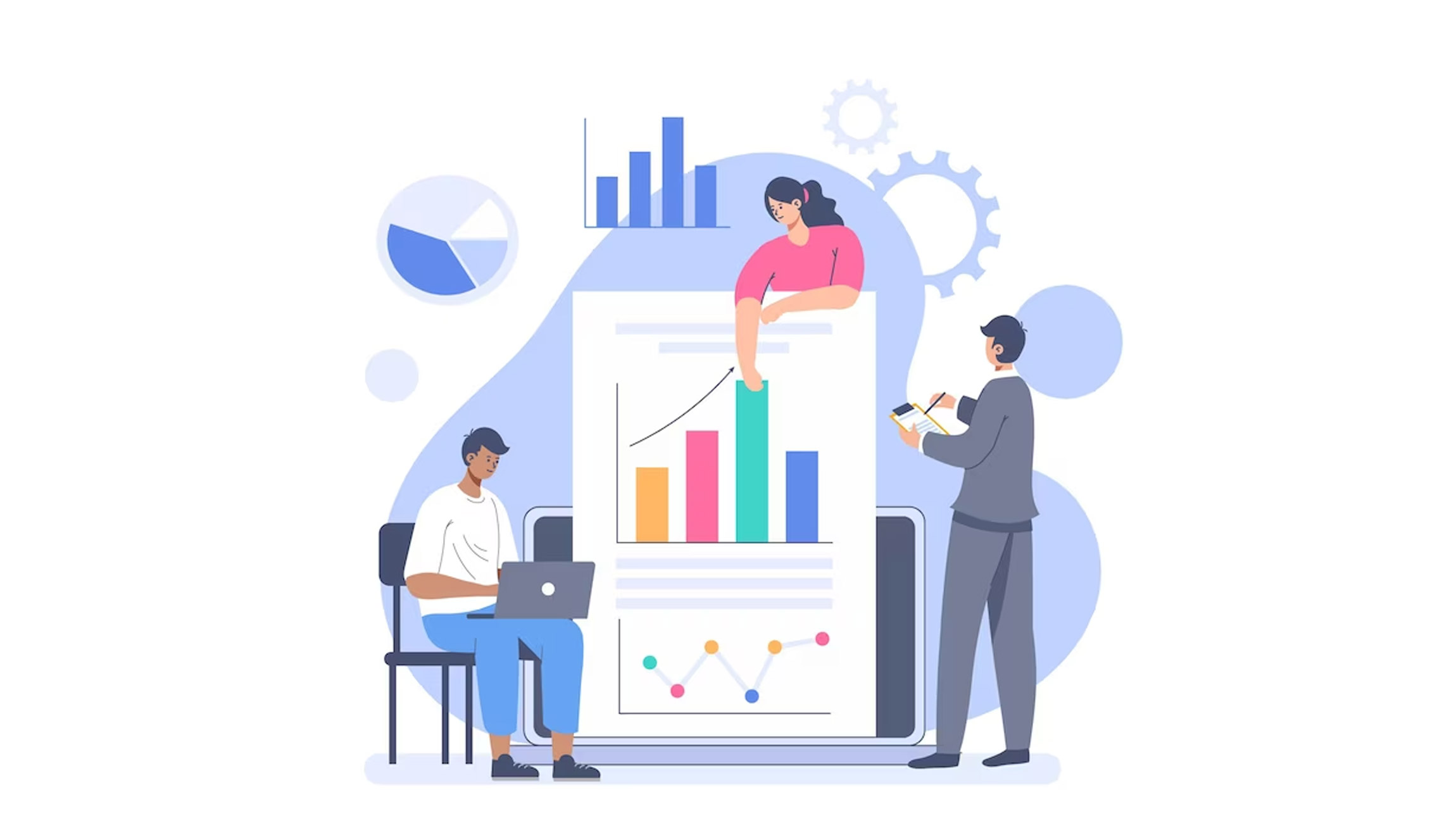In my dual role as parent of two and CEO of the advertising platform AdOmni, I am all too familiar with the annual frenzy that comes with “Back-to-School”; both for parents and for marketers.
For marketers, it’s a compressed, high-stakes window where urgency often forces a trade-off: you can have speed, or you can have strategic depth, but you often can’t have both. For decades, launching last-minute campaigns meant accepting concessions, pared-down audience targeting, generic creative, and a patchwork of siloed media channels. That compromise is no longer true.
Thanks to advancements in Gen AI, marketers can accelerate planning and activation from weeks to minutes without sacrificing precision. For brands trying to connect with parents, students, and educators in this critical retail period, AI has become more than a time-saver; it’s a force multiplier that fundamentally rewrites the rules of campaign execution.
Speed vs. Performance: Eliminating the False Trade-Off
The traditional campaign planning process is a bottleneck.
It’s a linear, manual grind of spreadsheets, RFPs, and back-and-forth coordination that eats up valuable time. In a narrow window like back-to-school, that friction is the enemy of performance.
In 2025, AI-powered planning platforms have done away with this trade-off.
Modern day GenAI tools can ingest a simple brief and instantly generate a strategic, multi-market media plan. Trained on years of digital out-of-home (DOOH) campaign data, budget patterns, and performance insights, these systems allow marketers to:
- Instantly surface high-impact venues near key retail zones, school campuses, and residential areas where target audiences live and shop.
- Strategically configure campaigns around real-world consumer behavior, such as school drop-off times, weekend shopping surges, or late-night study breaks.
- Generate reliable impression estimates from media owners who utilize anonymized geographic movement data to quantify audience reach.
- Launch complex, multi-location campaigns with the built-in nuance of local market expertise, all from a single interface.
This is operational efficiency redefined. It’s not just about moving faster; it’s about making smarter, data-informed decisions at velocity.
Instead of funneling all efforts into a single national message, teams can now simultaneously plan multiple campaign variations tailored to different geographies, time slots, or audience cohorts. This unlocks a new level of alignment between media execution and real-world human behavior.
Marketing Technology News: MarTech Interview With Chris Golec, Founder and CEO at Channel99
From Multi-Channel Noise to Omnichannel Orchestration
Many campaigns today are “multi-channel” in name only. A brand might run ads across mobile, social media, Connected TV (CTV), and DOOH, but each channel is planned, bought, and measured in isolation. The result is a fragmented consumer journey, not a cohesive narrative.
A true omnichannel approach treats these touchpoints as an integrated system. A parent might see a digital billboard on their morning commute (DOOH), scroll through back-to-school deals on their phone at lunch (social), and stream a family movie in the evening (CTV). AI is the key to orchestrating this journey, ensuring each touchpoint builds on the last.
I often think of this process like an orchestra. The marketer is the conductor, defining the strategic narrative and emotional hook. The AI acts as the arranger, adapting the core creative for different instruments (channels), monitoring the harmony between them, and ensuring the final composition resonates with the audience. This allows media buyers to deploy assets with precision across every screen, transforming siloed activations into a unified brand story.
Creative Relevance at Scale
One of the most significant friction points in accelerated campaigns is creative readiness. Too often, tight deadlines lead to repurposed assets that lack situational relevance. GenAI is solving this by acting as the next step in the evolution of Steve Jobs’ famous quote about computers being “a bicycle of the mind.” AI, in the hands of creatives, is not replacing human ingenuity, but augmenting it to scale personalization.
With GenAI-enhanced creative capabilities, marketers can now dynamically tailor messages based on:
- Context: A message on a screen in a school zone can be different from one in a shopping mall.
- Audience: Creative can be versioned for parents versus college students.
- Venue: Ads can be adapted for gym screens, shopping malls, or digital billboards.
Audiences don’t think in channels, they move seamlessly between real-world screens and personal devices. The savviest of marketers design full-funnel, cross-screen, integrated strategies:
- Upper funnel: bold creative on DOOH and CTV to spark awareness.
- Mid-funnel: contextual, sequential OLV to educate and build familiarity.
- Lower funnel: targeted social or mobile to drive action.
AI makes producing and managing this creative matrix practical, ensuring every touchpoint feels new and relevant.
Democratizing Access to High-Impact Media
Perhaps most importantly, AI is leveling the playing field. With flexible entry points, no contracts, and credit card-based payment systems, advanced campaign planning is no longer reserved for enterprise brands with massive budgets. This democratization is especially crucial during competitive moments like back-to-school, where timely relevance can be more impactful than media spend.
A local tutoring service can now launch a hyper-targeted campaign around nearby schools with the same tactical sharpness as a national retailer. A niche DTC backpack brand can seize key shopping moments in specific neighborhoods. The ability for smaller businesses to stand alongside major players is no longer theoretical—it’s here now, unlocked by technology that makes sophisticated media accessible to all.
The Road Ahead: Velocity as a Competitive Advantage
AI isn’t here to replace marketers. It’s here to eliminate the repetitive, manual bottlenecks that have slowed us down for decades. That newfound freedom empowers teams to focus on what humans do best: narrative, strategy, and differentiation.
The back-to-school crunch will always demand urgency. But with the right AI tools, fast no longer has to mean frantic. Marketers can now deliver campaigns that are not only rapid but also deeply strategic, creatively resonant, and fundamentally better equipped to perform. As campaign windows continue to shrink, the ability to translate insight into action with precision and speed is the new competitive advantage. The future belongs not to the biggest budgets, but to the fastest learners.
Marketing Technology News: AI Is Driving Greater Personalization in Marketing, But Is It Too Much?











